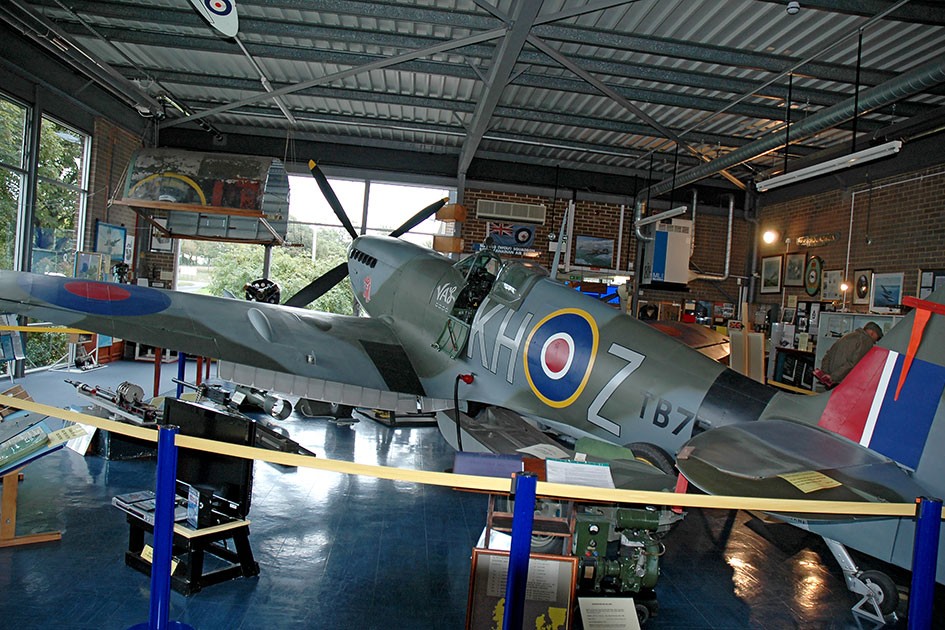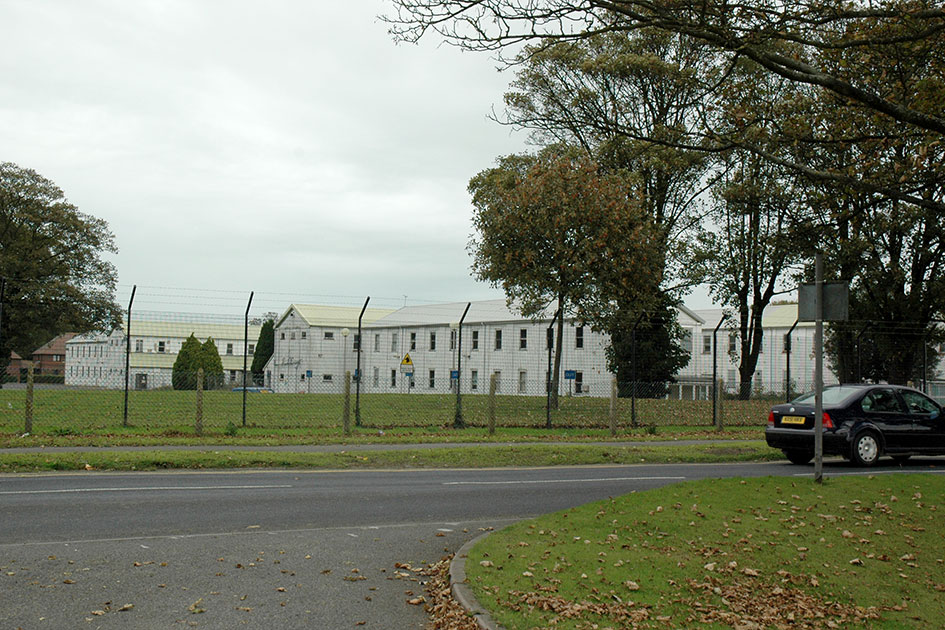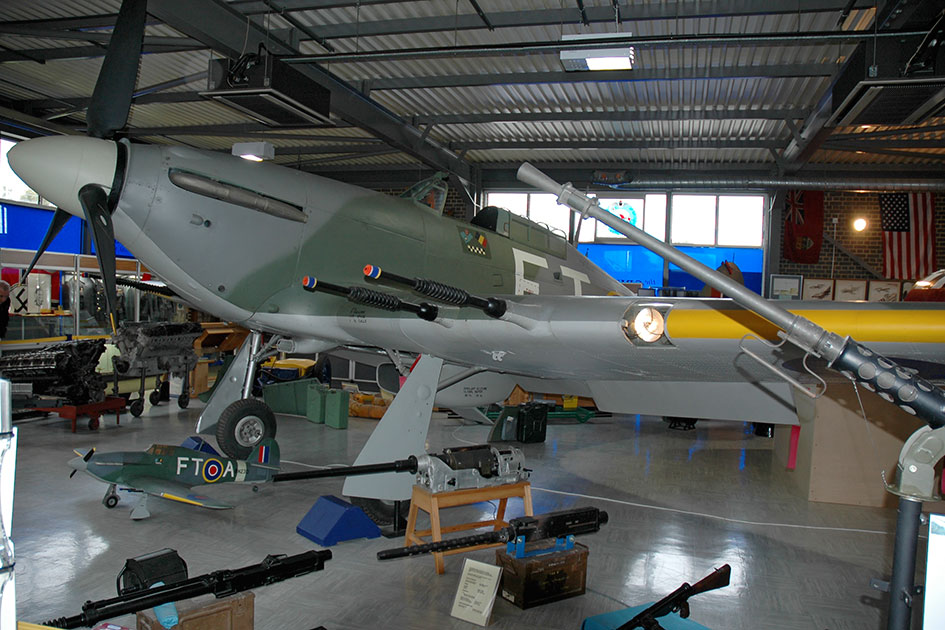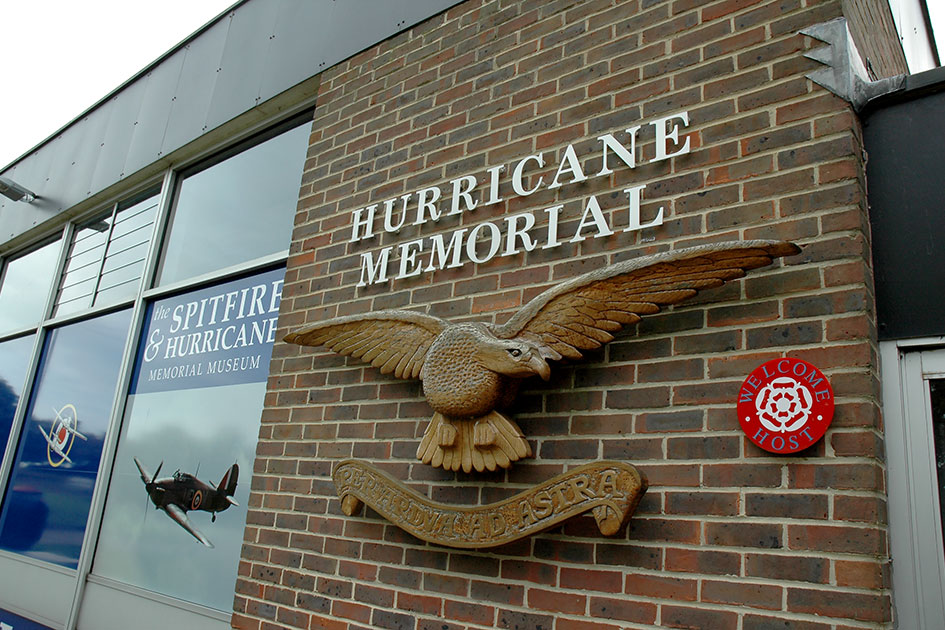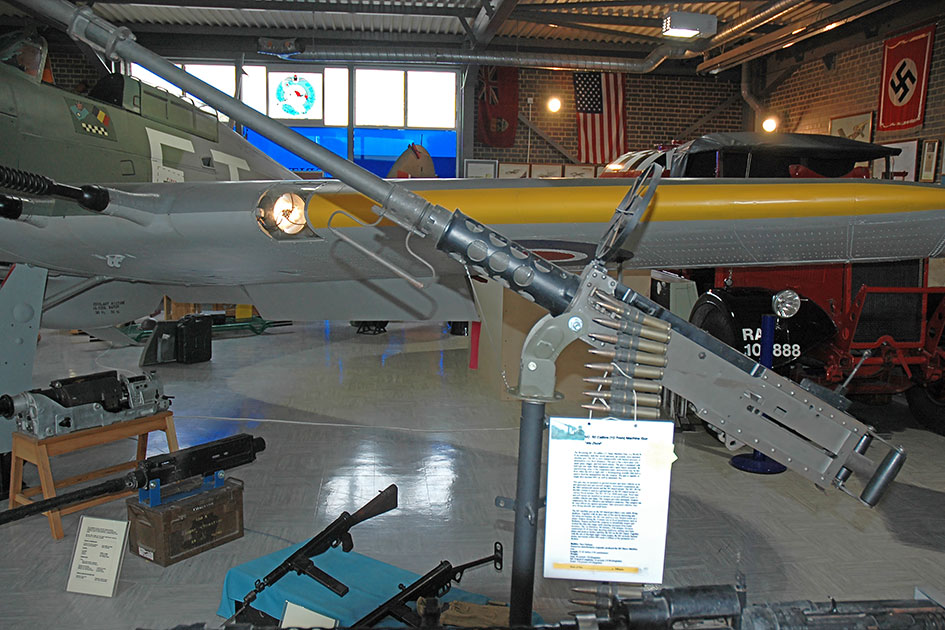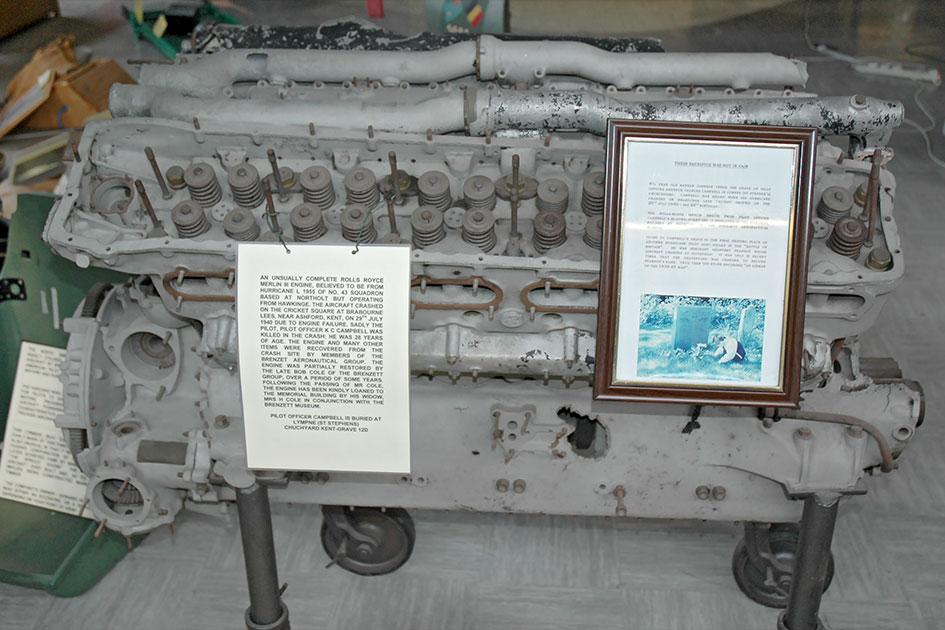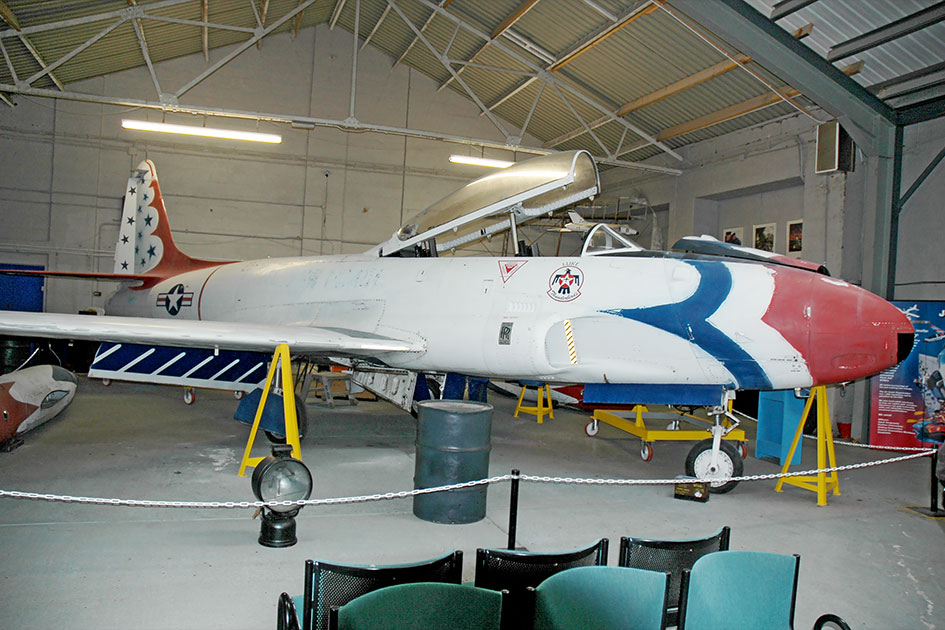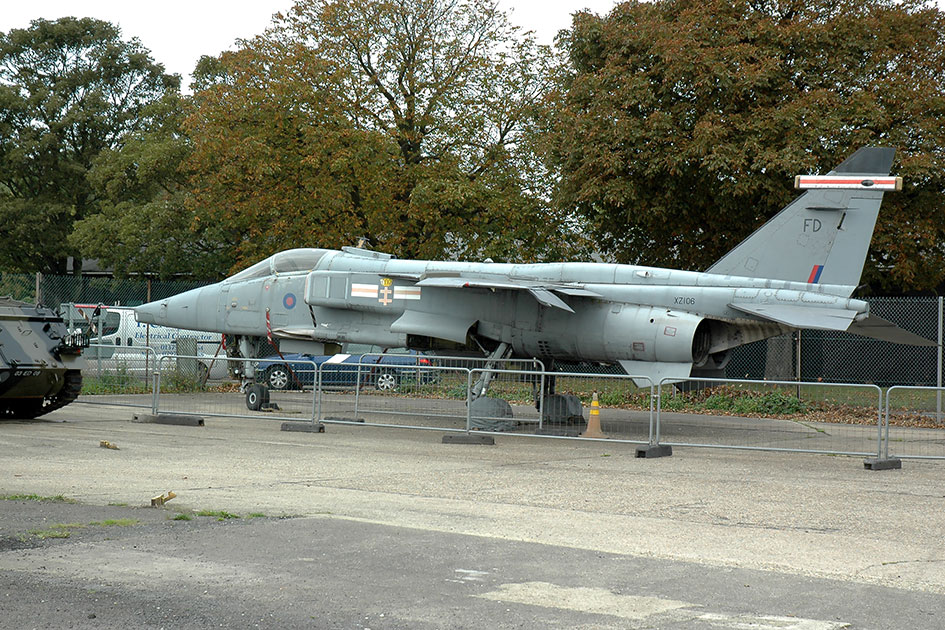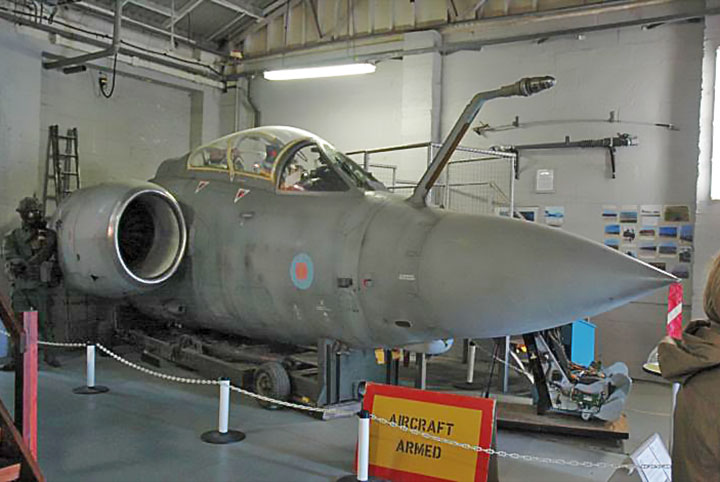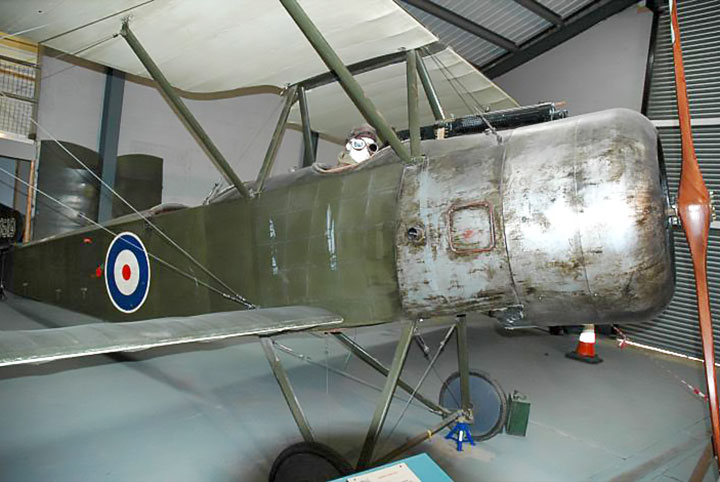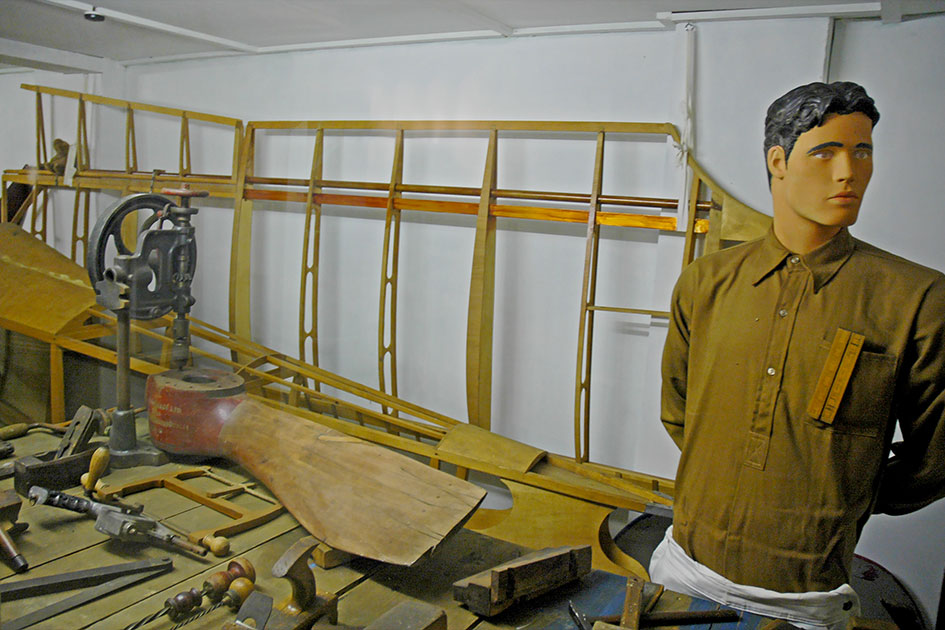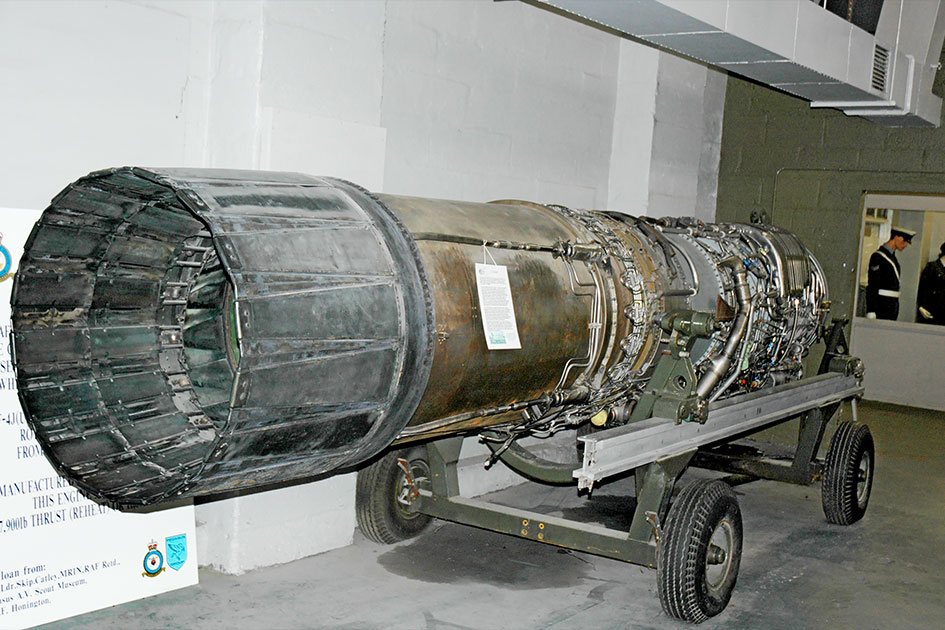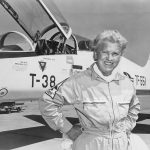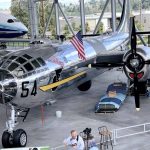Our good friend John Parker from WarbirdsOnline in Australia recently put together a nice piece which focuses on a pair of significant, although often overlooked aviation museums located on the grounds of the former key Battle of Britain airfield in eastern Kent, RAF Manston. We thought our readers would enjoy learning a little about these two gems!
Indeed, there were numerous WWII-era airfields with a rich history in Kent, but sadly, most of these have succumbed to developers’ bulldozers, so just a handful now remain. But one of the largest and most significant survivors is the former RAF Manston, which actually dates back to 1916 when the Royal Naval established an airfield here, with a base at Westgate Bay for seaplanes. Indeed, Royal Naval Air Service fighter planes based out of Manston made a key intervention during a German bombing raid in August 1917, which prevented the enemy fleet from continuing to their target.
This early Naval Air Station existed on the land now occupied by the airfield’s present passenger terminal. Further WWI development included four underground hangars, a dedicated railway line to Birchington, a power station, a barracks for 3,000 people and even an indoor swimming pool.
In WWII, the base played a major role in the aerial defense of southern England, particularly during the Battle of Britain. It was also as the staging post for Sir Barnes Wallis to test his famous “Bouncing Bomb” at the nearby Reculver estuary site. The RAF’s very first operational Gloster Meteor jet fighters were based at Manston too. Post WWII, both the RAF and USAF operated from the field in some capacity. RAF Manston formally closed in 1999, with the barracks and other grounds transferring eventually to the British Army. The airfield portion remained active as the civilian-run ‘Manston, Kent International Airport’ until May, 2014, when it was shut down. However there are possibilities that flight operations may resume in 2022.
Located adjacent to one another on a portion of the airfield are two significant museums, the Spitfire and Hurricane Memorial Museum and the RAF Manston History Museum. The latter is temporarily closed presently, as it is receiving comprehensive renovations. We visited both museums in 2010 and were very impressed; they are certainly worth including on any trip to the UK.
Spitfire & Hurricane Memorial Museum
This museum is dedicated predominantly to the Supermarine Spitfire and Hawker Hurricane and their roles throughout WWII, not just in the Battle of Britain. Naturally enough the displays are centered around actual Spitfire and Hurricane airframes.
The beautifully presented Supermarine Spitfire is Mk.XVI(LF) TB752, which saw combat during 1945. This aircraft was constructed at Castle Bromwich in the early part of 1944 and entered service with No. 66 Squadron at RAF Linton-on-Ouse in March 1945, bearing the squadron code LZ-F. TB752 took part in missions over northern Holland and Germany. Later in the war, TB752 flew with the Royal Canadian Air Force’s No.403 “Wolf” Squadron, with whom the Spitfire shot down at least five enemy aircraft. Post-war, TB752 ended up as a gate guardian at RAF Manston, but was subsequently brought indoors and restored; she eventually made her way into the museum in pristine condition.
The Hawker Hurricane on display is Mk.IIC LF751. She rolled off the production lines at Hawker’s plant in Langley during 1944 and served with No.1681 Bomber Defence Training Flight and No.27 Operational Training Unit based at Waterbeach coded ‘FB-B’. During July 1945, LF751 was relegated to instructional purposes with the code 5466M. Post-war, LF751 underwent refurbishment for long-term external display as a Mk.IID, but obviously, such outdoor exposure was unkind to the airframe and the Hurricane deteriorated considerably. The remarkable team at the Medway Aircraft Preservation Society (MAPS) stepped in during 1985, however, and undertook a comprehensive restoration plan which returned the aircraft to its current pristine condition.
The museum also contains a host of artifacts from other WWII aircraft, ground support material, weapons and wreckage. An inert, concrete-filled example of Barnes Wallace’s “Bouncing Bomb” used during wartime testing was recovered from the sea at nearby Reculver where various versions of the bombs were dropped by DH Mosquitos and Avro Lancasters during air-trials from RAF Manston.
RAF Manston History Museum
The RAF Manston History Museum emerged from the RAF Manston History Club in 1986. It covers the history of the establishment from 1916 when it opened as a Royal Naval Air Station up until RAF Manston closed. Interestingly, one of the museum’s buildings is actually one of the original 1916 structures! This is another excellent museum with a host of aircraft and exhibits covering nearly a century of operations at the facility.
The extensive collection of aircraft is very interesting if eclectic. It includes the following:
RAF Manston History Museum Aircraft
- Blackburn Buccaneer S.2B, XV352, (Cockpit)
- Canadair T-133 Silver Star Mk.3, G-BYOY
- De Havilland Chipmunk T.10, WP772
- English Electric Canberra B.15, WT205 (Cockpit)
- English Electric Lightning F.6, XR770
- The V-1 flying bomb (Perhaps a replica?)
- Gloster Meteor T.T.20, WD646.
- Handley-Page Victor K.2, XL190 (Cockpit)
- Huntair Pathfinder 2 Microlight.
- Hunting Percival Jet Provost T.4, XR658
- Nieuport 17 replica, A.213
- Panavia Tornado GR.1T, ZA325 (Cockpit).
- PZL-Mielec TS-11 Iskra, SP-DOF.
- SEPECAT Jaguar GR.3, XZ106
- Short SD.3-30 Srs.100, G-SSWP (Cockpit).
- Slingsby T.31B Cadet TX.3, XA312
- Slingsby T.38 Grasshopper TX.1, XA231
- Sopwith 1½ Strutter replica, B.619
- Westland Wessex HU.5, XS482
- Westland Whirlwind HAS.7, XN380
This Museum also hosts a large collection of weapons, equipment and military airfield support vehicles; it is certainly an excellent place to visit for any enthusiast. Please note that the museum is temporarily closed whilst it undergoes a massive refurbishment, which can only enhance its appeal in the future, so please check its current status before you visit.
Manston Airport Aircraft
At the time of our visit, Manston Airport was also the home to a number of redundant airliners, which have since disappeared, most likely having been scrapped over the intervening years. Another feature present during our visit was the Defence Fire Training and Development Centre (DFTDC, formerly FSCTE Manston, which we believe closed in 2020) however a number of aircraft, mostly ex-RAF operational types, remain visible in satellite views of the site. [Note these aircraft are not accessible to the public, however.]







